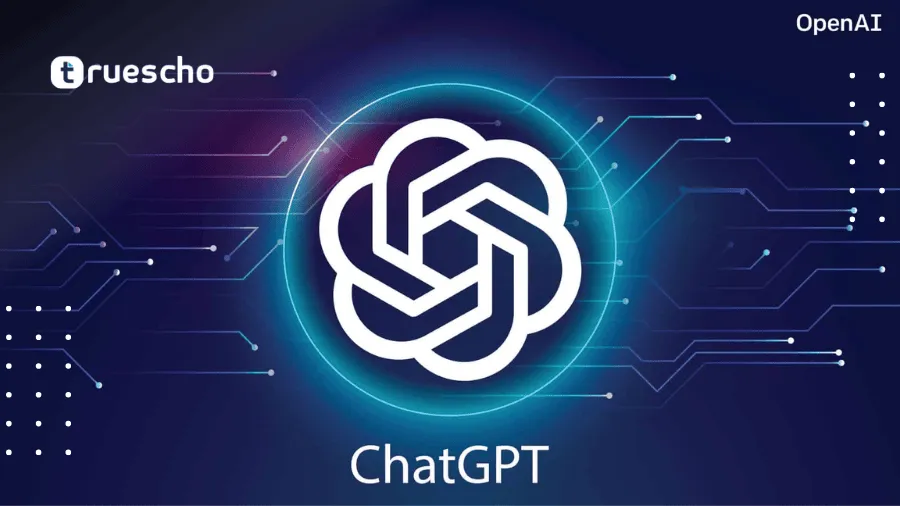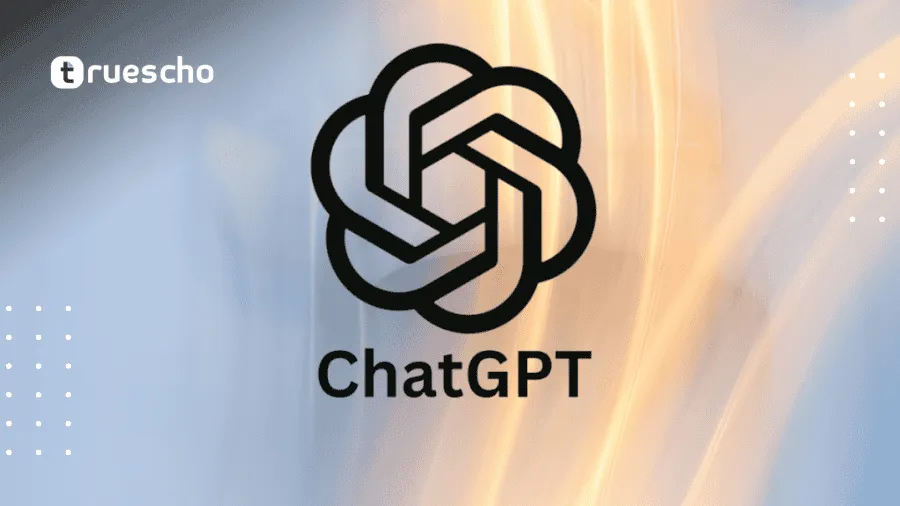من يمتلك حقوق الملكية إذا قام ChatGPT بإنشاء كود لتطبيقك؟
تعد مسألة ملكية الكود الذي يولّده الذكاء الاصطناعي من أكثر المواضيع تعقيدًا وغموضًا في العصر الرقمي. مع تقدم الذكاء الاصطناعي واعتماده في العديد من العمليات البرمجية، يثير هذا السؤال تحديات قانونية وأخلاقية عميقة.
جدول المحتويات
ملكية الكود الناتج عن الذكاء الاصطناعي
تصوّر هذا السيناريو: أنت تعمل على تطوير تطبيق. معظم الكود هو عملك الخاص، حيث قمت بتصميم واجهة المستخدم وكتابة المنطق البرمجي. ومع ذلك، لجأت إلى ChatGPT لكتابة بعض الوحدات البرمجية وربطتها بالتطبيق. في هذه الحالة:
- لمن يعود حق الملكية؟
- هل استخدام هذا الكود يؤثر على ادعائك بملكية التطبيق بأكمله؟
المحامي ريتشارد سانتاليسا، المؤسس المشارك لمجموعة SmartEdgeLaw Group، يشير إلى أن المسألة تعتمد على قانونين أساسيين:
- القانون التعاقدي: الشركات التي تقدم الذكاء الاصطناعي غالبًا ما تعتبر الكود الذي يولّده الذكاء الاصطناعي جزءًا من ملكيتها الفكرية.
- قانون حقوق النشر: OpenAI، الشركة المطورة لـ ChatGPT، توضح في شروط الاستخدام أن “جميع الحقوق المتعلقة بالكود الناتج تعود للمستخدم.”
على الرغم من ذلك، يشدد سانتاليسا على ضرورة التحقق من حقوق الملكية لكل جزء من الكود، خاصة عند دمجه مع تطبيقك الخاص.
ملكية الكود دوليًا
في كندا، يشير المحامي روبرت بياسينتين إلى أن المسألة لا تزال “غير مستقرة قانونيًا”. لكن في عام 2021، قدمت وكالة Innovation, Science and Economic Development Canada ثلاث طرق لتوضيح ملكية الكود:
- الملكية تعود للشخص الذي طلب إنشاء العمل.
- حقوق الملكية تنطبق فقط على الأعمال التي أنشأها البشر.
- اقتراح إنشاء حقوق جديدة للأعمال الناتجة عن الذكاء الاصطناعي.
أما في المملكة المتحدة، فإن قانون حقوق النشر يحدد أن “مؤلف العمل هو الشخص الذي قام بالترتيبات الضرورية لإنشاء العمل.” قد يعني ذلك أن مطور الذكاء الاصطناعي نفسه هو المؤلف وليس المستخدم.
اقرأ أيضا : المسؤولية القانونية عن كود الذكاء الاصطناعي: من يتحمل العواقب؟
حقوق النشر
ما الفرق بين الملكية وحقوق النشر؟
- الملكية: تشير إلى السيطرة على الكود وتعديله وتوزيعه.
- حقوق النشر: تمنح حقوقًا قانونية للمبدعين لمنع الآخرين من نسخ أو استخدام العمل.
وفقًا لدليل Compendium of the U.S. Copyright Office Practices:
- يجب أن يكون العمل الذي يتمتع بحقوق النشر من إنتاج بشري.
- الأعمال الناتجة عن الطبيعة أو الحيوانات أو الذكاء الاصطناعي غير مؤهلة لحماية حقوق النشر.
وبالتالي، من المحتمل أن الكود الناتج عن ChatGPT لا يتمتع بحماية حقوق النشر.
التحديات العملية
- قضايا الترخيص: يشير شون أوبراين من Yale Privacy Lab إلى أن الذكاء الاصطناعي قد ينتج كودًا محميًا بموجب تراخيص مفتوحة المصدر مثل GNU General Public License. إذا تم استخدام هذا الكود دون تصريح، فقد يؤدي ذلك إلى مشاكل قانونية.
- التوثيق: بدون توثيق صارم، قد يكون من الصعب تحديد ما إذا كان الكود ملكًا للمبرمج أو الناتج عن الذكاء الاصطناعي.
- الاستخدام العادل: تعتمد أدوات مثل ChatGPT على مفهوم “الاستخدام العادل”، ولكن لم يتم إصدار أحكام قضائية نهائية حول ما إذا كان استخدام بيانات التدريب من مصادر عامة يشكل استخدامًا عادلًا.

استنتاجات أولية
- عدم وضوح قانوني: لا تزال قوانين الملكية الفكرية المتعلقة بالذكاء الاصطناعي في مراحلها الأولى. حتى المحامون يعترفون بعدم وجود سوابق قانونية كافية لتقديم إجابات قاطعة.
- حماية محدودة: من غير المحتمل أن يكون الكود الناتج عن الذكاء الاصطناعي مؤهلاً للملكية أو حقوق النشر.
- تعقيد الأمور للمبرمجين: يتعين على المبرمجين توثيق مصدر الكود بوضوح للتأكد من حقوقهم القانونية.
اقرأ أيضا : 5 طرق استخدمت بها الذكاء الاصطناعي في 2024 وتطلعات لعام 2025
ماذا يعني ذلك بالنسبة لك؟
إذا كنت تستخدم الذكاء الاصطناعي لتطوير كود، يجب أن تتخذ الاحتياطات التالية:
- التحقق من شروط الاستخدام: تأكد من أنك تفهم حقوق الملكية في الأدوات التي تستخدمها.
- توثيق الكود بوضوح: اذكر أي جزء من الكود تم إنشاؤه بواسطة الذكاء الاصطناعي.
- استشارة قانونية: إذا كنت تخطط لاستخدام الكود الناتج في مشروع تجاري، استشر محاميًا لضمان الامتثال القانوني.
في النهاية، نحن في بداية رحلة قانونية جديدة مع الذكاء الاصطناعي، وسيكون المستقبل مليئًا بالتحديات القانونية المثيرة التي تتطلب حلولًا مبتكرة.
اقرأ أيضا :
ميزة الذكاء الاصطناعي الجديدة من Gemini: مستقبل تصفح الويب
أداة Google Illuminate المجانية لتحويل الأبحاث المعقدة إلى محادثات موجزة
تعريف الذكاء الاصطناعي: مفهومه وأهميته
